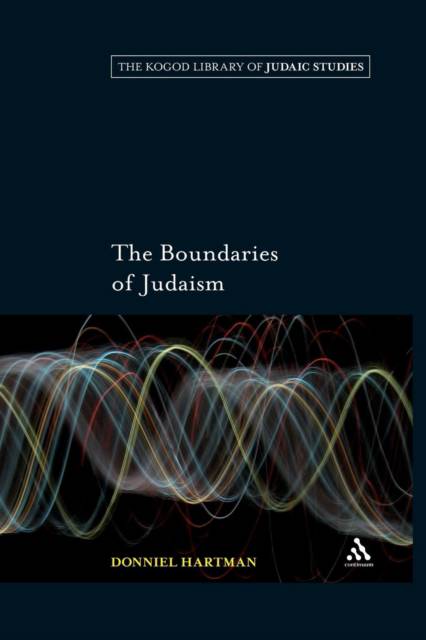
- Afhalen na 1 uur in een winkel met voorraad
- Gratis thuislevering in België vanaf € 30
- Ruim aanbod met 7 miljoen producten
- Afhalen na 1 uur in een winkel met voorraad
- Gratis thuislevering in België vanaf € 30
- Ruim aanbod met 7 miljoen producten
Zoeken
Omschrijving
The factionalism and denominationalism of modern Jewry makes it supremely difficult to create a definition of the Jewish people. Instead of serving as a uniting force around which community is formed, Judaism has itself become a source of divisions. Consequently, attempts to identify beliefs or practices essential for membership in the Jewish people are almost doomed to failure.Aiming to take readers beyond the divisions that characterize modern Jewry, this book explores the ever contentious question of "who is a Jew." Through a historical survey of the shifting boundaries of Jewish identity and deviance over time, the book provides new insights into how Jewish law over the centuries has erected boundaries to govern and maintain the collective identity of the Jewish people. Drawing on these historical strategies the book identifies the causes and reasons that underlie them, and employs these in order to help construct a guide for creating a structure of boundaries relevant for contemporary Jewish existence.
Specificaties
Betrokkenen
- Auteur(s):
- Uitgeverij:
Inhoud
- Aantal bladzijden:
- 204
- Taal:
- Engels
- Reeks:
- Reeksnummer:
- nr. 1
Eigenschappen
- Productcode (EAN):
- 9780826496645
- Verschijningsdatum:
- 27/11/2007
- Uitvoering:
- Paperback
- Formaat:
- Trade paperback (VS)
- Afmetingen:
- 166 mm x 235 mm
- Gewicht:
- 335 g

Alleen bij Standaard Boekhandel
+ 179 punten op je klantenkaart van Standaard Boekhandel
Beoordelingen
We publiceren alleen reviews die voldoen aan de voorwaarden voor reviews. Bekijk onze voorwaarden voor reviews.








